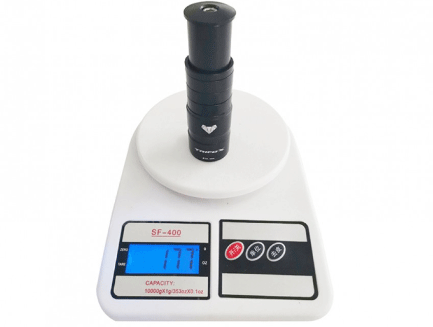Winter exercises can improve the body's ability to adapt to cold conditions. The body is strong and the chance of getting sick is much less than that of ordinary people. But for some people with a softer respiratory tract, the dry and cold air outdoors in winter often makes their outdoor exercise plans sour.
In fact, as long as you pay attention to some basic breathing methods during exercise, you can protect your respiratory tract from the damage of dry and cold air during winter exercise.

Outdoor exercise is best to breathe through the nose
When doing physical exercises in winter, you should consciously control your breathing rate. It is best not to exceed 20-30 beats per minute.
The breathing rate can reflect the human body's exercise capacity. For people who have just taken outdoor exercises, a fast breathing rhythm often indicates excessive exercise intensity.
In winter, the air itself is relatively dry, and breathing is too rapid, which will cause a greater burden on the respiratory system and increase the incidence of pneumonia and bronchitis.
It is best to breathe through the nose during outdoor sports in winter. There are abundant blood vessels and more secretory glands in the nasal mucosa. When the cold air passes through the nasal cavity, it can play a role in heat preservation and moisturizing, so as to avoid cold, dryness, or accompanying Dust and pathogenic microorganisms are inhaled into the lungs.
Even if you can't breathe completely through your nose during high exercise intensity, you should take a combined mouth-nose breathing method, or roll the front of your tongue slightly against your palate to prevent the cold air from directly irritating your throat and lungs.
Deepen exhalation to improve discomfort
You should pay attention to adjusting your breathing style during outdoor sports in winter. Especially for people who have just started to exercise, their own respiratory system, blood oxygen supply capacity, and the activity of the entire body are poor.
If the exercise intensity is too high, it will tend to increase the frequency of breathing, and more superficial breathing occurs. In this way, the inhalation depth is greater than the exhalation depth during exercise, which will cause the chest to become stuffy and difficult to breathe for a long time.
At this time, you should adjust your breathing method and exhale more deeply. This will improve your breathing and reduce the discomfort caused by winter sports.





















































































